In Your Concrete Driveway
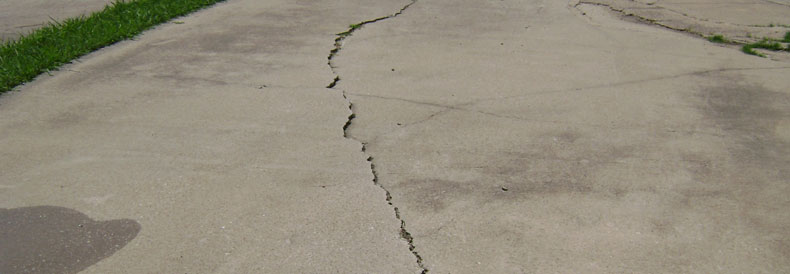
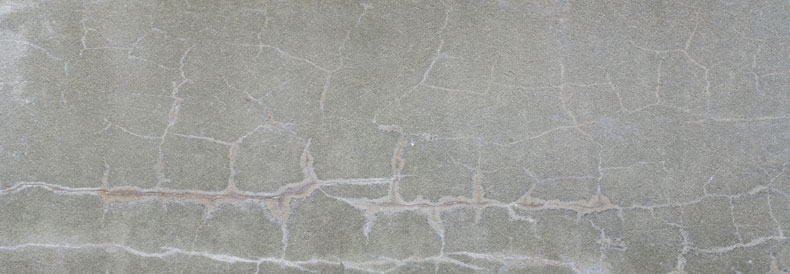
Concrete resurfacing involves applying a cement-based product that bonds with your existing concrete to create a surface that looks like new again. You can choose a standard resurfacer to get the look of new, gray concrete or even choose an acrylic microtopping to add color to your driveway.
- Affordable and fast solution
- Makes your driveway look like new again
- Decorative effects are possible
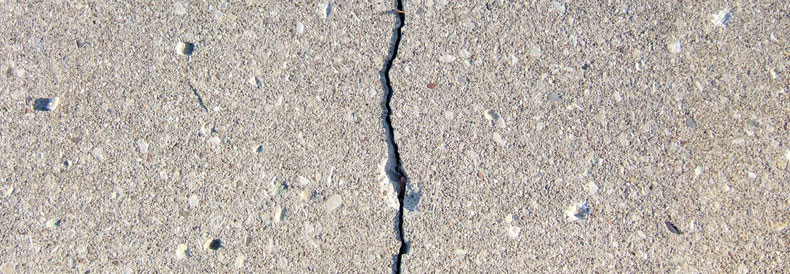
These fairly small cracks can usually be filled with a special polymer sealant which will prevent more serious problems from developing. A textured sealant will even blend in with your driveway surface to help hide the repair.
- Sealants are appropriate for these smaller cracks
- Sealing cracks helps prevent them from worsening
- A sealant stops moisture from entering the crack and freezing
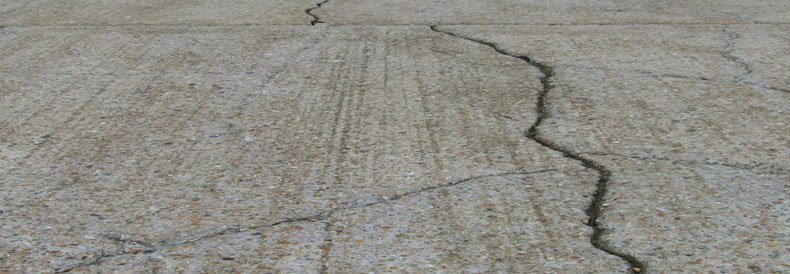
To fix this separation, a self-leveling polymer sealant is a good choice. Even when the joint is filled, it will still serve its purpose. A foam backer rod should be used if the joint is more than 1/2″ wide, however, to keep the sealant from running out of the crack
- Polymer sealant can be used to fill the separated joints
- Even filled, the control joints still serve their purpose
- Make sure you use a backer rod for larger joints
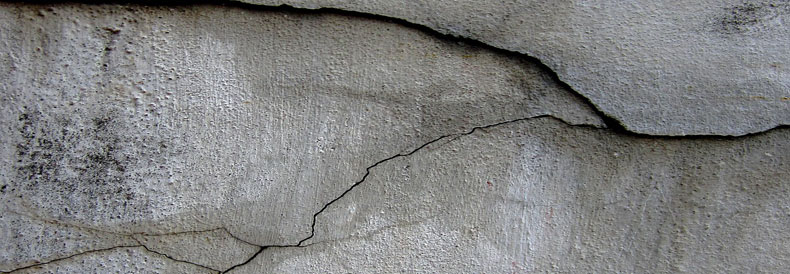
This problem doesn’t have a DIY fix. The section with the cracks will likely need to be replaced by breaking up and removing the damaged section, adding a new gravel base, and pouring fresh concrete.
- Large, jagged cracks and/or heaving or settling indicate a structural problem
- The damaged section of your driveway likely needs to be replaced
- You will probably want a professional to handle this repair
